The most exceptional new car released in the European market. That’s the official line at the top of the Car of the Year statutes about what this great old award boils down to.
Sure, there have been the odd eyebrows raised about some winners during the past 61 years, but democracy does such things and, besides, a year and its winner can be only as good as the cars launched within those 12 months.
The cream still rises to the top, and the quality of the field in 2025 means this year’s winner will be the kind of thick, moreish cream normally reserved for your Christmas pudding, not that red-labelled single stuff you’re only punishing yourself with during the January Blues. To put it another way: our winner will be more 1999 Ford Focus than 1996 Fiat Bravo.
The 2025 Car of the Year (COTY) will be revealed tomorrow (10 January) at the Brussels motor show, but the build-up started even before the Renault Scenic was crowned 2024 winner at the final running of the Geneva show last February.
The 2025 Car of the Year has now been announced: click here to find out more
For the first round of judging, jurors simply pick their favourite seven cars from all those launched in 2024. They must be all-new models only, so no facelifts, derivatives or different bodystyles, and they must be available to order with finalised pricing by 31 December. That creates a longlist of 42 cars. From those, the seven cars with the most votes from 60 jurors in 23 countries make it to the shortlist. These seven are then subject to a fresh round of voting from the same jurors before a winner emerges.
The seven cars – well, eight, more on which in a moment – shortlisted for COTY 2025 were assembled outside the Silverstone Museum on a windy day just before Christmas for the six UK jurors to test on the grimy, greasy, rutted, potholed roads nearby we know so well.
The best cars have always been able to excel on these roads, although these seven are not the exact seven shortlisted by Autocar editor and COTY juror Mark Tisshaw in consultation with the road test team, headed by road test editor Matt Saunders, who also joined proceedings at Silverstone. However, four of the five cars we really wanted on the COTY shortlist made the cut.
Those four are the Citroën C3, Dacia Duster, Kia EV3 and Renault 5. The fifth, which sadly didn’t make it on to the COTY shortlist, is the Skoda Superb. The Polestar 3 and Mini Cooper completed our seven. But when all the COTY jurors’ votes were counted, the C3, Duster, EV3 and 5 were joined by the Hyundai Inster, Cupra Terramar and Alfa Romeo Junior.

Who should take the coveted Car of the Year crown?
Mark Tisshaw: It’s my third cycle as Autocar’s COTY representative and it feels like the mean, median and mode car tested in that time is a 4.6m-long electric crossover weighing close to two tonnes, having around 200bhp and a range of 270 miles, created by a mainstream European car maker and with about six different models from other brands related to it. These have made up the majority of shortlists too. But not this year.
Matt Saunders: No. Encouragingly, we seem to have quite an appealing selection. And with at least three of the seven cars being fully paid-up superminis, it looks to me like the first proper, European-flavoured COTY shortlist in some considerable time. That’s because zero-emissions powertrain tech has finally become affordable enough to be viable on small cars at small-car prices. Good news.
Predictably, we’ve got a few big-selling mid-sized SUVs and small crossovers as well. I’d have liked at least one genuinely big car, and something higher-end as well. The Polestar 3 would have covered off both considerations and I think it was deserving. Either Skoda’s Kodiaq or Superb would have been well worth a place too.
Still, at least there’s nothing dull or unappealing. Even the worthiest car here, the Duster – for all its dedication to versatile function – has at least a hint of design star quality about it. Though not nearly as much, admittedly, as the contender from its sibling brand…
MT: Yes, from the outside the Renault 5 would appear to start as the favourite. The hype has never really died down since it was first revealed almost four years ago and, if anything, it’s only grown since we finally got to drive it last autumn.
The 5 majors on comfort and refinement, and these qualities translate well on UK roads. Like the very best small cars, it doesn’t feel small. The looks are backed up by the way it drives, and at just under £23,000 it’s little more money than a hybrid Clio. Hard to find a weakness.

MS: I’m not sure there is one – certainly not a serious one. We’ve seen it so many times at shows and in photos that you expect to almost look straight past the exterior in the metal, which, of course, you haven’t got a hope of doing. This is a perfectly proportioned, brilliantly wrought, super-desirable bit of product design – and that only fully hits you when you see it in the metal and in proper context.
The thing I hadn’t managed to do was take in the interior and that, predictably perhaps, has left the biggest impression on me. There’s a real richness and charm to it, which so many sub-£30k EVs just won’t be able to live with.
The rational case for it stacks up. It looks like you would get 200 miles of real-world range from the 52kWh model. And then there’s performance that’s strong enough to feel nicely assertive; Renault-typical notes of slickness, suppleness and dexterity to the steering, ride and handling; plenty of small-car agility about the chassis’ enthusiasm for bends; and big-car comfort and damping sophistication too.
Has there ever been a more convincing reason not to buy an electric Mini than this? I’d say absolutely not. This is a really good car. But what’s that Alpine doing here with it?
MT: COTY rules preclude derivatives gaining a nomination in subsequent years, yet when such derivatives are launched in the same year, they can count on the same ticket. So while the Alpine may wear a different badge and be the car that takes its maker beyond a single, A110 model into a fully fledged brand with a range of cars, 10 years ago we would still have been calling the A290 a Renault Sport version of the 5.
![]()
MS: I’m still tempted to. We’ve had the advantage of parking it side by side with its Renault sibling car, of course, and driving them back to back – and other road testers haven’t. And I like it a lot. There’s some real dynamic vivacity and attitude about it, plenty of naughty-feeling pace, and moments of true excitement to be enjoyed.
So I’m delighted it’s been included one way or another. But I’m happier still that the Renault gets lead billing. Because to me, when the dust has settled on your fifth fast dash down that country lane in the A290 and you’ve wiped the smile off your face, there’s still just a bit of doubt that it’s a proper driver’s car and a lingering question over whether it’s really extending very far what the 5 can do. It’s still missing a dimension on simple driver engagement somehow, despite the pretty cheesy and impotent ‘overboost’ button on the steering wheel.
MT: I think the 5 is a better road car than the A290 most of the time, as well as being cheaper, no less desirable and with a better range. Yet I’m glad the A290 is here and is getting the coverage off the COTY coat-tails of the 5, because it’s another welcome development of the electric hot hatch – the type of car we really want to prosper and thrive as they would feel the most missed of all.
MS: Hear, hear. For similar reasons, part of me is glad that the Alfa Romeo Junior is here, though I suspect its inclusion has as much to do with sentiment as anything else. It’s Alfa’s first full EV; it’s available in a Veloce version that seems to have some Alfa-typical sporting purpose; and it certainly looks like it means business, if only by compact SUV standards.
But, unlike the A290, all the Junior Veloce really shows on bumpy UK roads is how hard it is to make a dynamic success of a car like this.

MT: I couldn’t get on with it; that telling inability to find any kind of traction on these roads. Who’s asking for a car like this? Something with a fast-car-firm ride but all that restless body movement, and surface and traction sensitivity? Not me.
Perhaps the Veloce’s just a bit of a sideshow and the standard Junior is the car we should focus on, but even that car feels a little feeble. Ultimately, there aren’t many meaningful differences between the Junior and its platform twin, the Jeep Avenger, which was Car of the Year in 2022.
That might leave you scratching your head about why one can win so recently and one can be so off the pace, but that’s progress in this market. The Alfa has stood still, while the game has moved forward.
Here’s the best example: the Avenger was a finalist in the same year as the Kia Niro EV, a car that has already got a de facto replacement in the Kia EV3 that’s better everywhere and cheaper.
MS: It’s so easy to be convinced by that Kia, isn’t it? The size of it, the space it affords, the usual Kia cabin solidity and nearly 300 miles of usable electric range for under £40k. It’s one for that crowd of people who have been looking on at the EV market, arms folded and tutting, for so long. It has undeniable rational qualities.
To drive, I found it like the car we road tested in December: competent and comfortable enough, but with hints of softness and dullness to its handling and nannyishness about its ADAS that might take the edge off the everyday ownership appeal for an interested driver.
But honestly, most people I know wouldn’t notice or just wouldn’t care. They would be too busy feeling smug about what a ‘proper’ little family car they had chosen.
![]()
MT: The EV3 has the best interior here, and if I were to pick one car in this field to do 20,000 miles in over the next 12 months, the EV3 would be it. It feels very well suited to both British roads and everyday life, as it’s such a nice size and has excellent usability.
It lacks a bit of panache and ‘wow’ factor in the way it drives and its ADAS is annoying, but ultimately it’s a great example of the rapid rate of progress in everyday EVs and its presence makes others look so far off the pace.
MS: Speaking of progress, there’s the Dacia Duster. It’s a simpler and more direct sort of progress than the kind made by the Renault and Kia, granted. But there’s something to celebrate about the endurance, in western Europe, of a car as versatile, functional, well rounded, well priced and to the point as this. And I’m delighted that COTY is celebrating it and seeing the bigger picture behind its Euro NCAP results.

MT: I’m blown away by just how much better it is than the old one in almost every department, in ways that appeal to both the heart and the head, and how little Dacia asks of you in return.
If Renault has made killer progress with one model in the 5, Dacia has done it over a whole model range for a longer period of time. Already, I can’t wait to see Dacia go into the class above for the first time in 2025 with the Bigster, the Duster’s big sibling.
MS: It amazes me how complete a modern car this has become. Fifteen years ago, motoring journos were in love with the idea of a car as cheap and useful as the Duster was, but I bet few would have actually chosen to live with one. Now, I’m genuinely tempted – because Dacia has taken almost every vestige of austerity away. It drives well, looks good, offers so much and would do everything you could ask of it and more.
MT: I kind of knew the Duster would be good because Dacia just doesn’t make mistakes, but my hopes weren’t as high for the Citroën C3, here in both electric and petrol versions. Even in the seven months since it was first launched, the design has dated and the proportions and some of the materials just make it look and feel cheap in a way that the Dacia doesn’t. But still, I liked it and it was the surprise of the field.

MS: I feel like Citroën’s on strong form – perhaps the most consistent I’ve ever known it to have. It has learned not to be afraid to take an alternative tack, especially when it leads to something that combines the distinctive with the pragmatic.
Which is what the C3 does, it seems to me. It’s a wonderfully unfussy, informal car. It’s simple to drive, comfortable and characterful, usable and cheery. No landmark – but a deserving car.
If a combustion-engined one is £5k less than an ë-C3, I do wonder if the EV might be quite a tough sell, though…
MT: It feels like a car from a generation ago in the simplicity with which it drives, yet with a more modern interior. Within Stellantis, Citroën is making the cars that feel the most meaningfully different from other brands with the same running gear. If it could now just crack the Dacia code of being cheap without feeling cheap…
MS: We’re well used to the MQB platform running gear beneath the Cupra Terramar and, to me, the Spanish brand’s usual salad dressing can do only so much. But it’s a safe bet – the kind of car that the continent continues to buy, done with just a little dose of special seasoning. There are a lot of Formentor buyers out there who will need something new to migrate to, and if you had offered them another Cupra Ateca, they might well have upped sticks to a different brand.
So it’s meat and potatoes with a splash of medium-spicy sauce: what you think you need, made more appealing than it might otherwise be. Bet you it sells.

MT: Blindfold me and I couldn’t tell this was a Cupra from another Volkswagen Group model based on the way it drives. But visually, it is different and I quite like where the brand is going. The Terramar isn’t Cupra at its best – that’s what happens when you get handed an Audi Q3 as your donor car. Yet I’d still rather have it over the Audi.
MS: I know plenty of people who would be very happy with one, simply because it has that little bit of richness and desirability about it. Cupra will have to be bolder with other products in future, though. It can’t afford to get used to putting sharper-looking clothes and some bronze trim on otherwise ordinary cars. That won’t maintain its growth prospects. The Formentor felt like something bolder and Cupra needs another Formentor moment sooner rather than later, really.
MT: Which leaves us a car I’ve been scratching my head about ever since I first drove it back in September on the other side of the world in Korea, and I continue to do so now. I just don’t really get who the Hyundai Inster is aimed at: a city car that’s longish-looking but very narrow, with cartoony styling on the outside and a button-rich interior backed up by lots of big-car technology. You can even fold all four seats flat to turn it into a bedroom on wheels.

MS: This feels like a car created in one of those smartphone apps that puts a novelty talking animal head on you. It’s quirky, but not quite cute – alternative for its own sake. I don’t mind the Hello Kitty features, but I’d much prefer them on a car of better proportions, and with better-conceived packaging.
Small cars aren’t easy. You can’t just throw a load of disparate ideas up in the air and hope they arrange themselves. And people don’t pay a premium for ‘different’ unless you give them a good reason.
MT: My hunch is that in lieu of a small electric version of an i10 or i20, and with targets to hit around the mandated sales of electric cars, Hyundai decided to export the Inster and hope to steer a few people who have bought its small petrol cars into one instead. Replacing those petrol sales with EV ones is smart business in 2025.
But the Inster’s biggest problem in attracting buyers from outside Hyundai’s existing customer base has already been covered in this story: the Renault 5. The pair are near enough the same money, but the 5 is the better car, everywhere.
MS: It’s better than the Hyundai, Kia and Citroën, I’d say. It’s so different from the Duster that it would be quite hard to take marks from one to give to the other. But it’s good enough to make the Cupra and Alfa look like also-rans, in my view.
MT: The Renault 5 is the class of the field. The more I think about it, the more the 5 feels like the successor to the Ford Fiesta in the electric era as the default small car choice. Even better than that, it closes the curtain finally on this era of EVs having to look different for the sake of it: it’s not weird at all and is truly desirable. This could be Renault’s BMW Mini moment.
But the Duster is not too far behind and is only a tug or two on the heartstrings from running the 5 really close. As for the final place on our podium, the Kia and the Citroën are closely matched for different reasons.
The Hyundai and Cupra have appeal in isolation but they both fall down in this company and in the context of the market. Neither of them is the most exceptional new car released in the European market. Nor can any credible case be made for the Alfa Romeo.
Our votes are ultimately just one 60th of those involved, yet the strength in depth on the 2025 Car of the Year shortlist means that the winner is likely to be remembered as a good one.

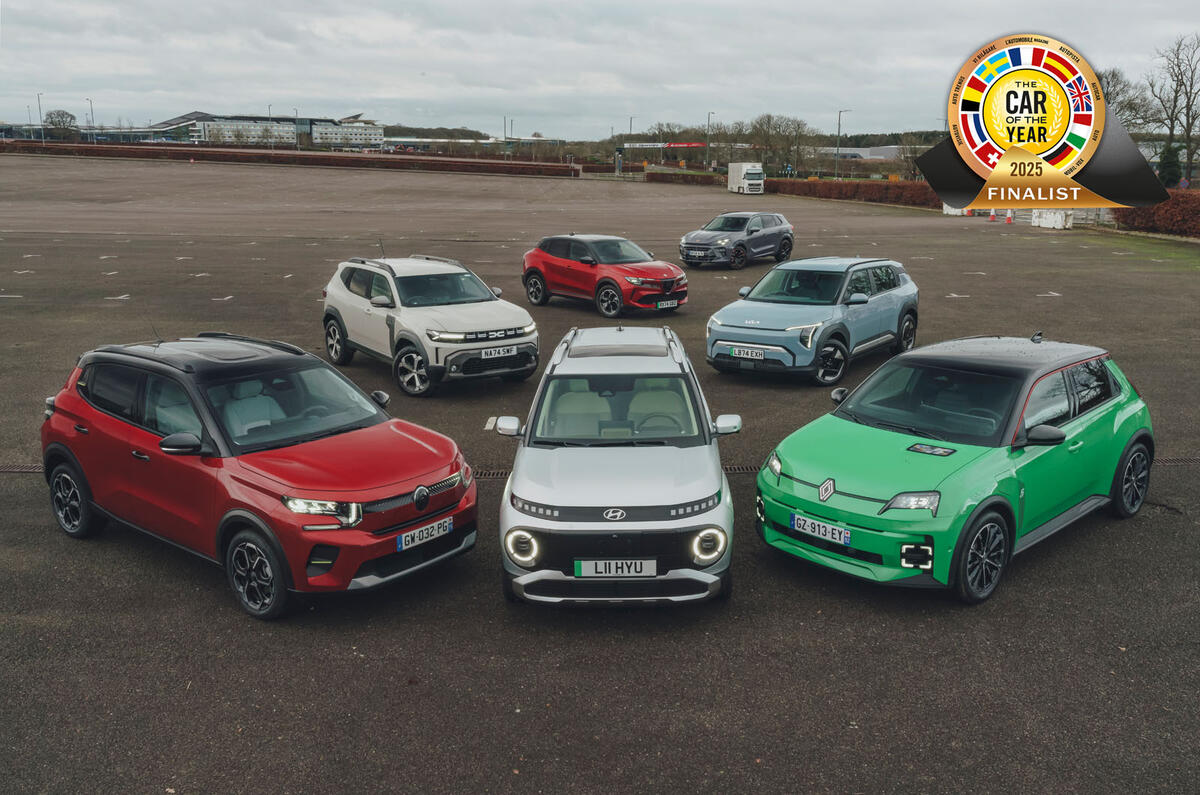
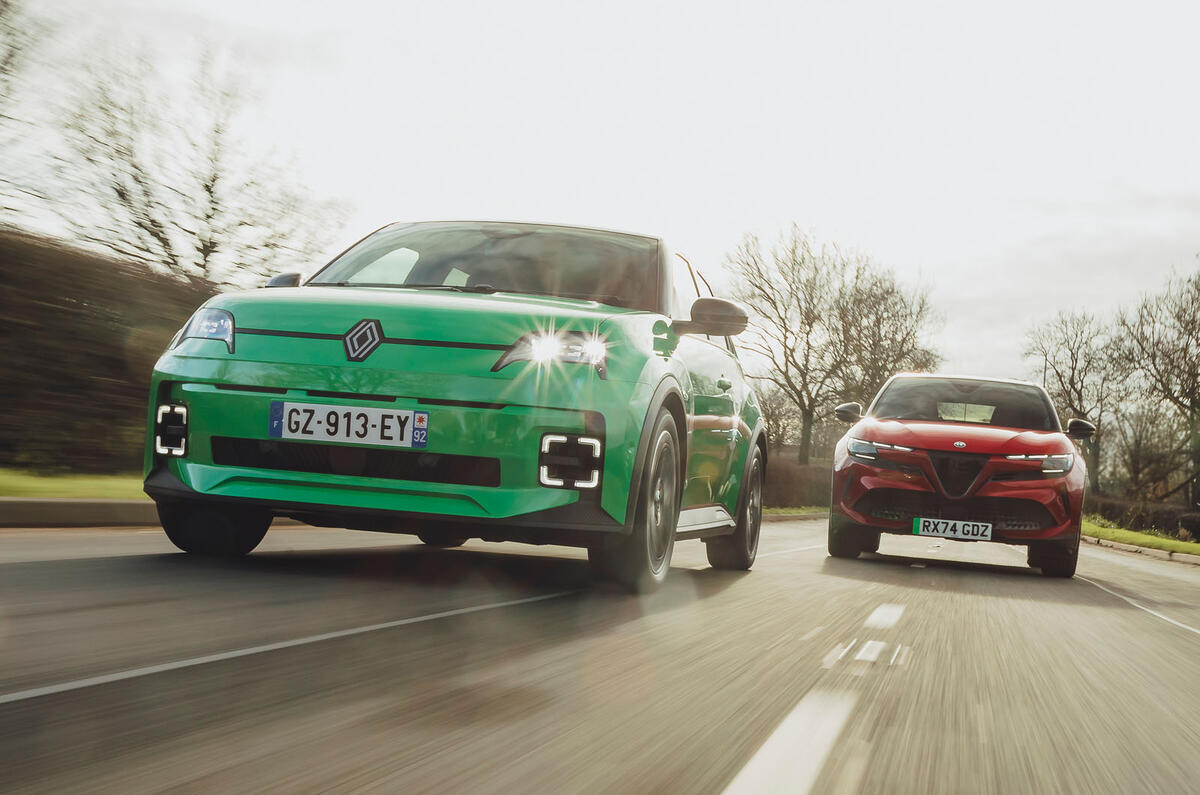
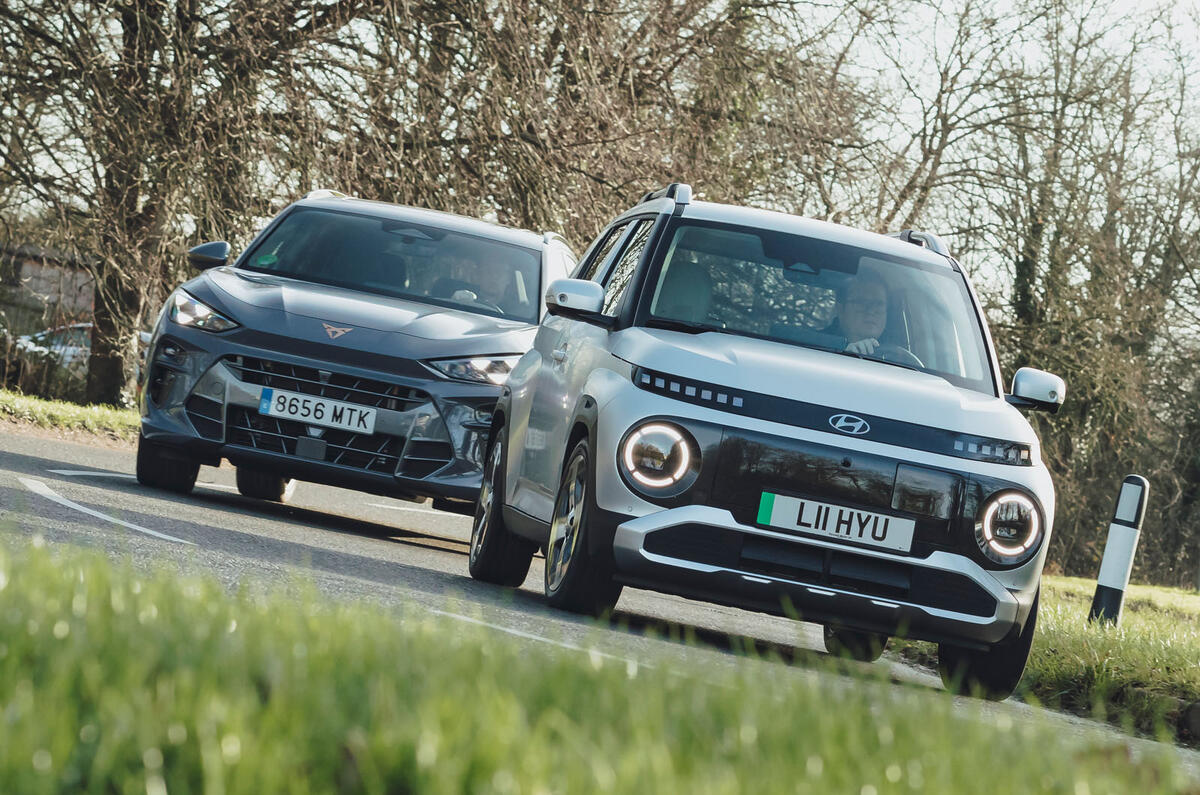
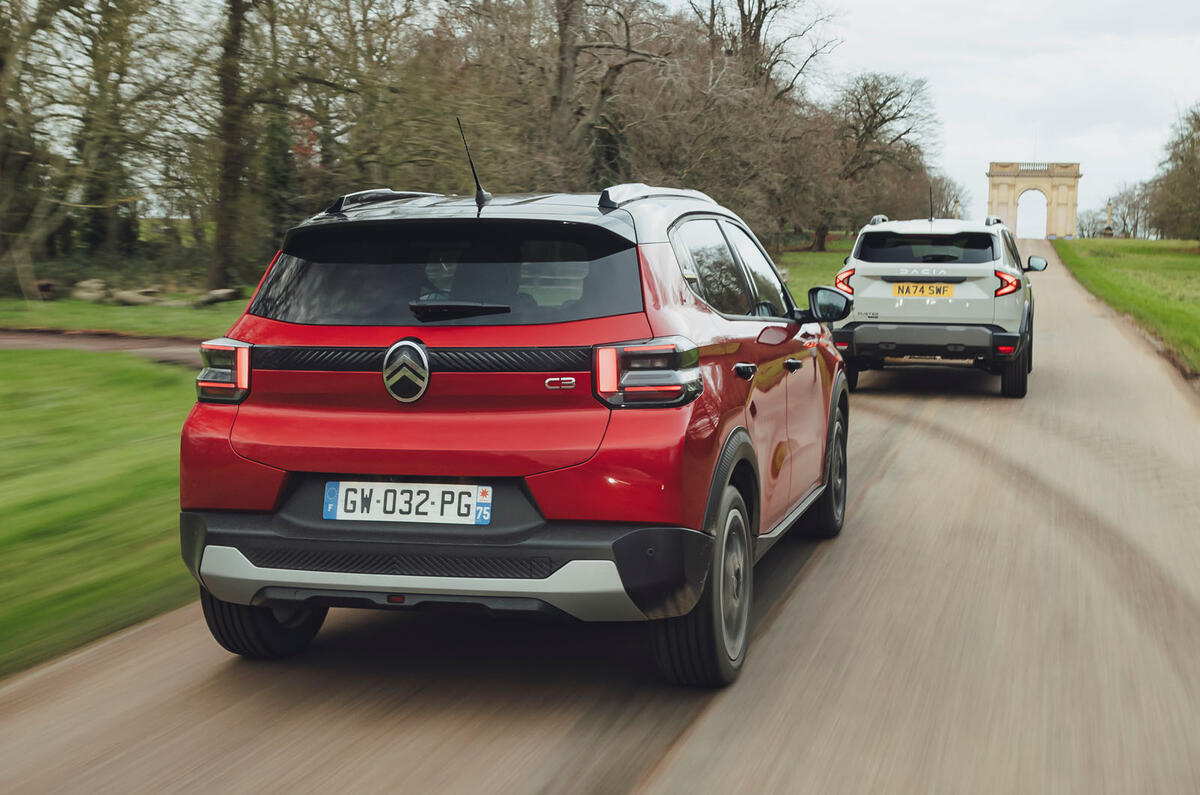
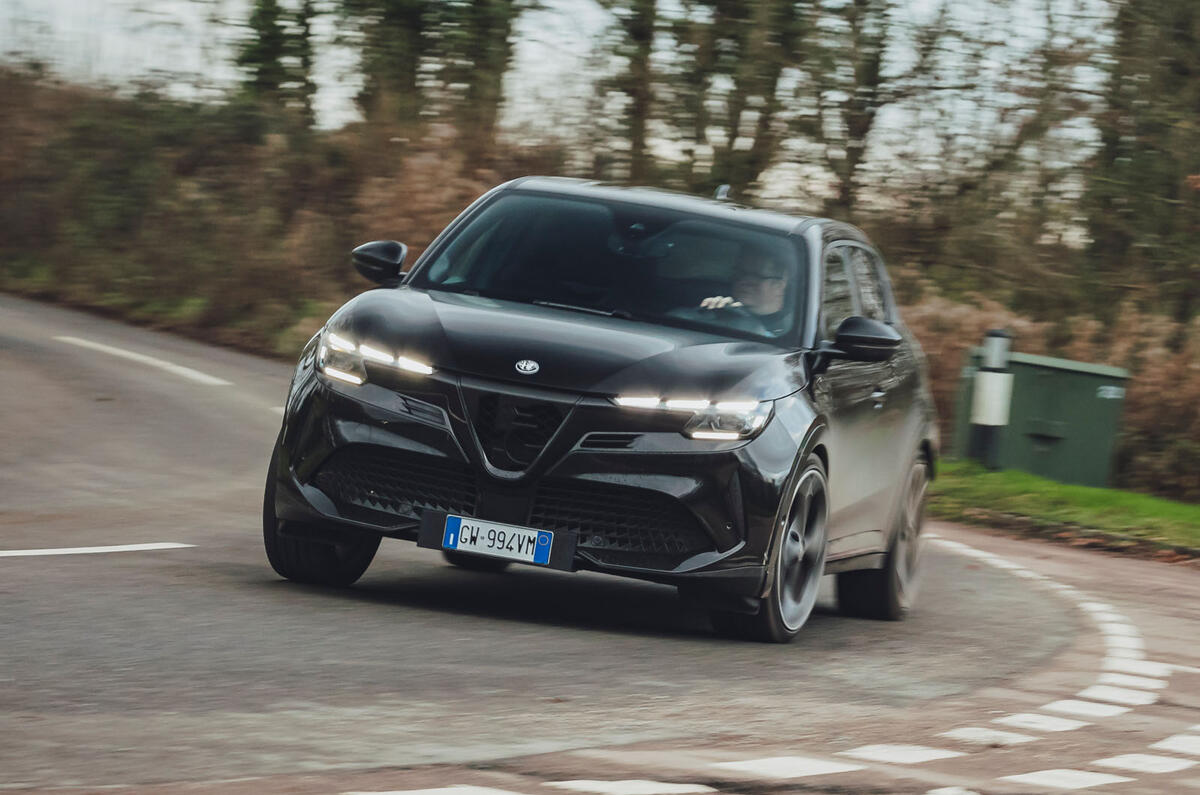

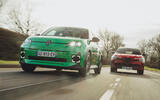
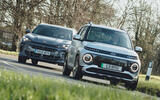
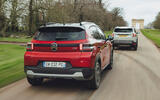
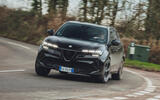








Join the debate
Add your comment
They all look the same.
The selection process and voting reminds me of the Eurovision Song Contest, dire. For once I pity true motoring journalists.
The EV3 is a horrendous, squared box on wheels - bad looking and still expensive for what it is. Fugly rear end too. Kia/Hyundai are basically the same company so are sharing huge amounts of tech between their models that are basically different in just name. Kia used to be a company associated with cars at the cheaper end of the market - no more of that though obviously.The Renault 5 shows the desperation coming out of the French company - now falling back on popular names from the past, relaunched as an EV to try and drive up interest and sales. It's a pretty average car with a familiar name, that's all.
In the EV market, there's pretty much nothing to seperate cars anymore - they're a battery and a motor, and there's only so much you can do with that. They either focus on trying to increase range by making the batteries bigger (because that's all the can really do), but that increases weight and price, or they're now just picking popular old ICE names to see if that helps (worked well for Ford didn't it!).